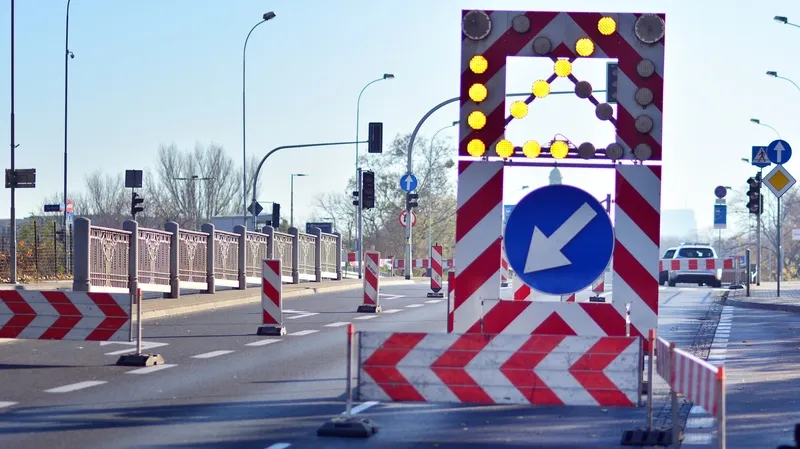Audio and infotainment group Harman is to demonstrate its integration of Google Glass with its advanced driver assistance system (ADAS) engine at the One Harman experience showcase at during the Consumer Electronics Show (CES) in Las Vegas 7-10 January.
Demonstrations will show Google Glass can be seamlessly integrated with the company’s ADAS engine, using an android camera feed and image processing to analyse in real-time camera the potential road risks provide alerts through the Google Glass. The syst
January 8, 2014
Read time: 1 min
Audio and infotainment group 6328 Harman is to demonstrate its integration of 1691 Google Glass with its advanced driver assistance system (ADAS) engine at the One Harman experience showcase at during the Consumer Electronics Show (CES) in Las Vegas 7-10 January.
Demonstrations will show Google Glass can be seamlessly integrated with the company’s ADAS engine, using an1812 Android camera feed and image processing to analyse in real-time camera the potential road risks provide alerts through the Google Glass. The system continuously computes the time to collision with the vehicle in front and provides audio-visual collision alerts once the risk level crosses a certain threshold.
The concept demonstrates how a driver can receive headway alerts, collision and off-road warnings delivered straight to Google Glass, along with emergency or warning messages.
Demonstrations will show Google Glass can be seamlessly integrated with the company’s ADAS engine, using an
The concept demonstrates how a driver can receive headway alerts, collision and off-road warnings delivered straight to Google Glass, along with emergency or warning messages.









